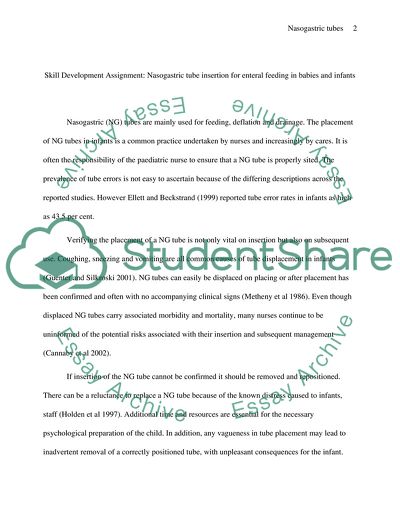Cite this document
(Nasogastric Tube Insertion for Eternal Feeding in Babies and Infants Assignment, n.d.)
Nasogastric Tube Insertion for Eternal Feeding in Babies and Infants Assignment. Retrieved from https://studentshare.org/nursing/1728760-skill-development-assignment
Nasogastric Tube Insertion for Eternal Feeding in Babies and Infants Assignment. Retrieved from https://studentshare.org/nursing/1728760-skill-development-assignment
(Nasogastric Tube Insertion for Eternal Feeding in Babies and Infants Assignment)
Nasogastric Tube Insertion for Eternal Feeding in Babies and Infants Assignment. https://studentshare.org/nursing/1728760-skill-development-assignment.
Nasogastric Tube Insertion for Eternal Feeding in Babies and Infants Assignment. https://studentshare.org/nursing/1728760-skill-development-assignment.
“Nasogastric Tube Insertion for Eternal Feeding in Babies and Infants Assignment”, n.d. https://studentshare.org/nursing/1728760-skill-development-assignment.


